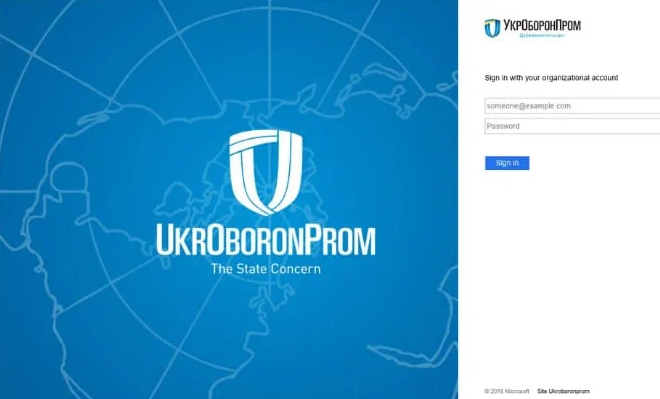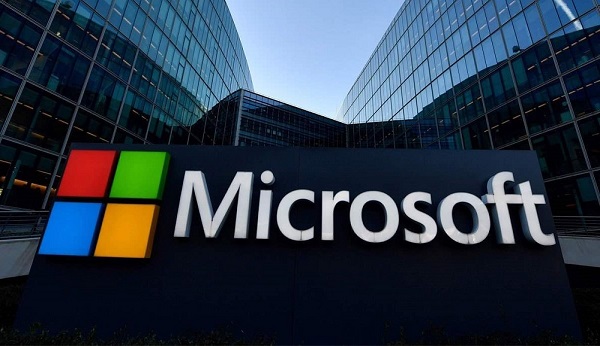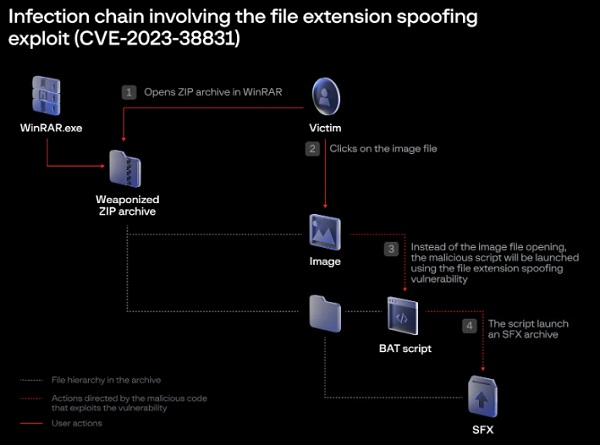Russian Hackers targeted Ukraine’s Critical Infrastructure in 2023
In the first quarter of 2023, Ukraine was the target of around 60% of the phishing attacks originating from Russia, according to a report from Google’s Threat Analysis Group (TAG). The attacks were largely aimed at the country’s critical infrastructure and were carried out by several Russian and Belarusian state-sponsored threat actors. The report also highlighted cases of misinformation on Google’s platforms, which were found to be coordinated by actors affiliated with the Internet Research Agency (IRA), a Russian company linked to the Wagner Group.
The report underscores the ongoing threat posed by state-sponsored cyberattacks, particularly against critical infrastructure. Such attacks can have far-reaching consequences, including operational disruptions and the theft of sensitive data, as well as posing a risk to public safety.
The threat actors identified in the TAG report are known for their sophistication and their use of advanced tactics and techniques. Sandworm, for example, is known for its use of zero-day vulnerabilities and its ability to conduct destructive attacks. APT28, another prominent threat actor, has been linked to several high-profile cyberattacks, including the 2016 hack of the Democratic National Committee.
The report also highlights the use of phishing campaigns as a key tactic used by the threat actors. Phishing attacks are a common way for cybercriminals to gain access to sensitive data, as they often involve tricking individuals into providing their login credentials or other personal information.

The TAG report notes that the threat actors targeted a range of industries and individuals in Ukraine, including those working in the energy and defence sectors, as well as users of the Ukr.net platform and Ukrainian Telegram channels. In some cases, the attackers created fake websites or online personas to disseminate false information or to steal data.
One notable attack mentioned in the report involved the Caspian Pipeline Consortium (CPC), which was targeted by Sandworm. The attack is a reminder of the growing threat posed by state-sponsored attacks against critical infrastructure, which can have far-reaching consequences.
In addition to the phishing campaigns, the TAG report also highlights the use of misinformation campaigns by the threat actors. The report notes that actors affiliated with the IRA were found to be creating content on Google products such as YouTube, commenting and upvoting each other’s videos. The content was designed to promote specific “news-like” narratives about the war in Ukraine to Russian domestic audiences.
The use of misinformation as a tool of state-sponsored cyberattacks is a growing concern, as it can be used to sow discord and confusion, and to manipulate public opinion. The TAG report underscores the need for increased vigilance and awareness when it comes to such attacks.
See more: Did ICICI Bank data leak expose sensitive data of 35 lakh clients?
In response to the threat posed by state-sponsored cyberattacks, governments and organizations around the world have been taking steps to improve their cybersecurity measures. This includes investing in new technologies, such as artificial intelligence and machine learning, to better detect and respond to threats.
However, the TAG report also highlights the importance of individual awareness and vigilance when it comes to cybersecurity. This includes being vigilant when it comes to suspicious emails or messages and taking steps to secure personal accounts and devices.
See more: Microsoft to use ‘weather’ events to name cyberattacks
The TAG report underscores the ongoing threat posed by state-sponsored cyberattacks, particularly against critical infrastructure. The report highlights the need for continued investment in cybersecurity measures, as well as increased awareness and vigilance on the part of individuals and organizations.
Author: Manjushree Gavitre
We hope you found article interesting. For more exclusive content follow us on Facebook, Twitter and LinkedIn






